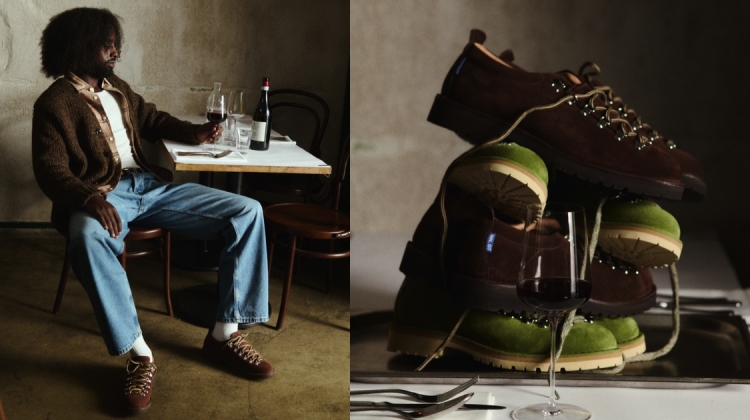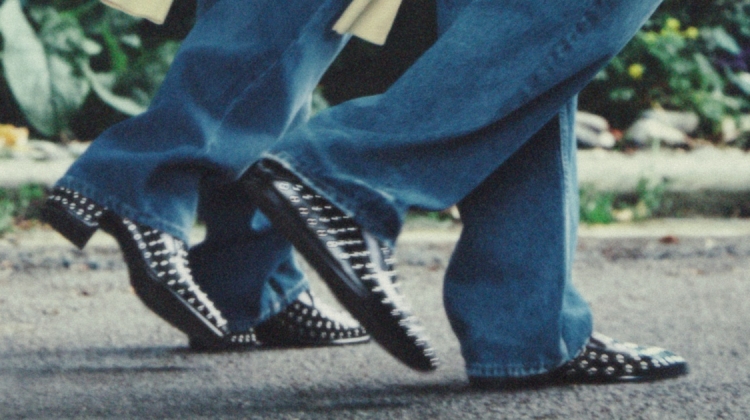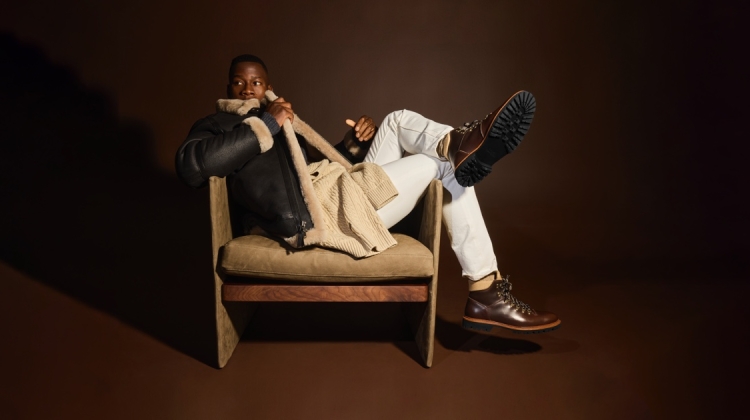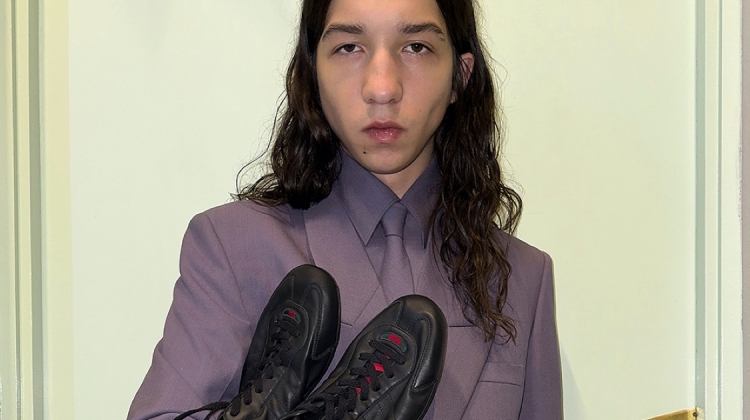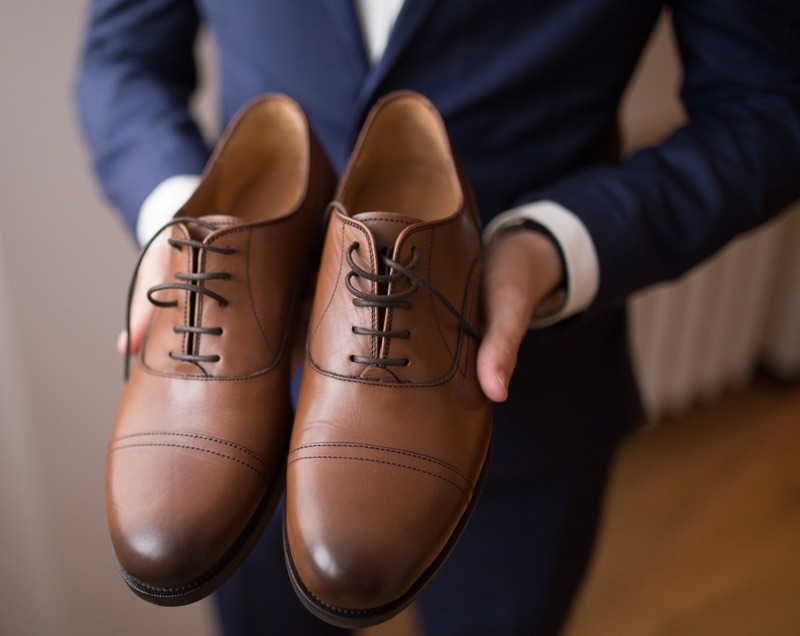
Before the suit, before the watch, there are the shoes. Footwear grounds a look both literally and visually. It frames the silhouette, signals purpose, and communicates without speaking.
In the modern wardrobe, shoes are more than functional. From elevated sneakers to leather loafers for men, they serve as markers of identity. Style begins at ground level, and footwear sets the tone.
As menswear evolves, so do the expectations around shoes. The rules are no longer rigid. Sneakers appear with suiting, and leather loafers for men show up at rooftop bars. The divide between formal and casual has faded. What remains is intent: choosing footwear for both occasion and meaning.
From Utility to Identity
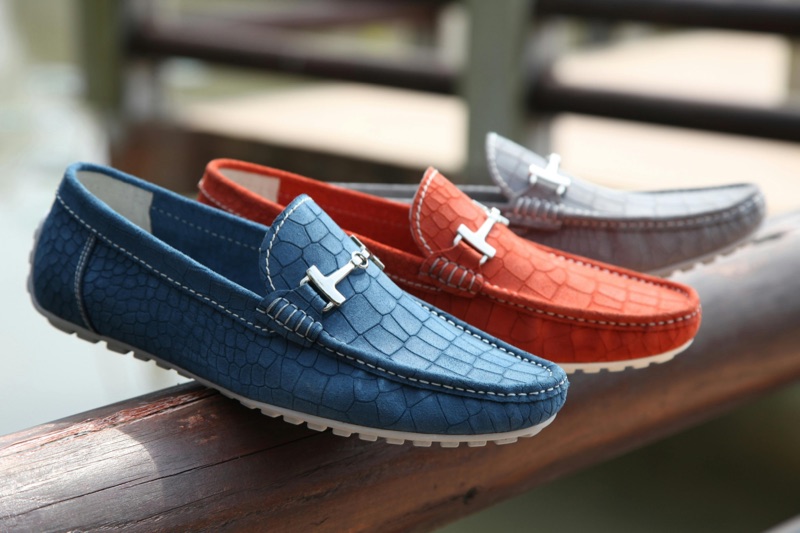
Historically, men’s footwear was first and foremost about function. Boots for work, brogues for countryside walks, oxfords for the office. Each style was tied to a context, and deviation was rare.
The contemporary era, however, has elevated footwear into a canvas for identity. A man can wear sleek loafers with denim, or high-end sneakers with tailored suits, and still be considered stylish.
This newfound fluidity underscores a broader truth: shoes define how others interpret the tone of an outfit.
Rule One: Versatility Reigns Supreme
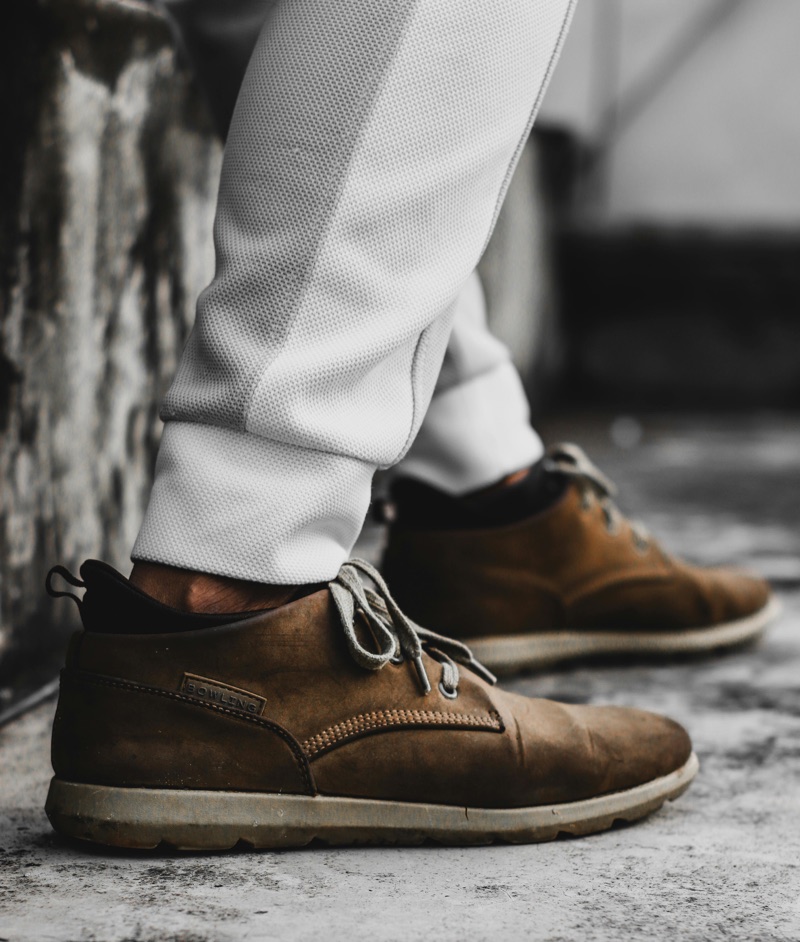
In today’s wardrobes, shoes that can transition between settings have become prized. A pair of clean minimalist sneakers can move from brunch to creative workspaces. Loafers, once reserved for boardrooms, now appear sockless at rooftop bars and art galleries.
This flexibility means fewer “occasion-specific” shoes and more hybrids that walk the line between categories. Designers have embraced this shift with footwear that is equally at home on polished marble floors as it is on cobbled streets.
Rule Two: Casual Doesn’t Mean Careless
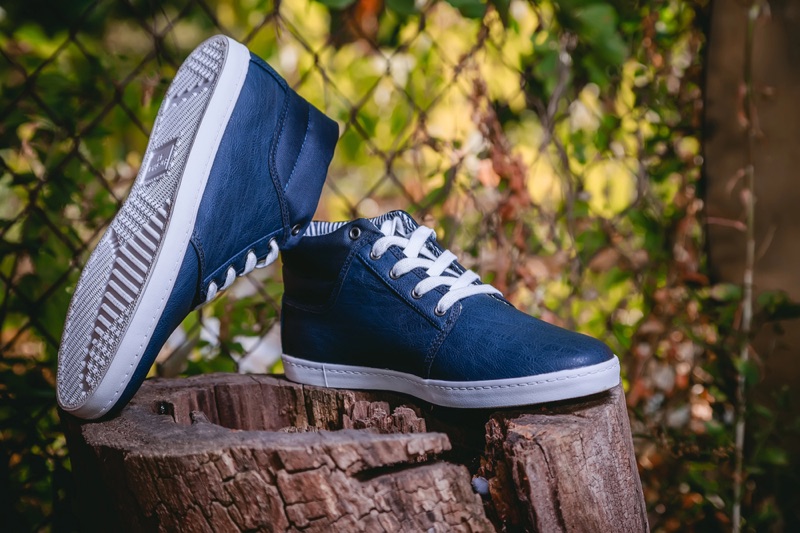
Sneaker culture cemented casual footwear as a status symbol, but the modern rule is intentionality. Worn-out trainers no longer pass for effortless cool. Instead, clean lines, quality materials, and limited-edition releases elevate sneakers to objects of desire.
Casual footwear now operates on two levels: comfort and cultural currency. Whether it’s a pair of pristine high-tops or artisanal sandals, casual doesn’t mean careless. It means curating pieces that express ease with refinement.
Rule Three: Classics Are Reimagined
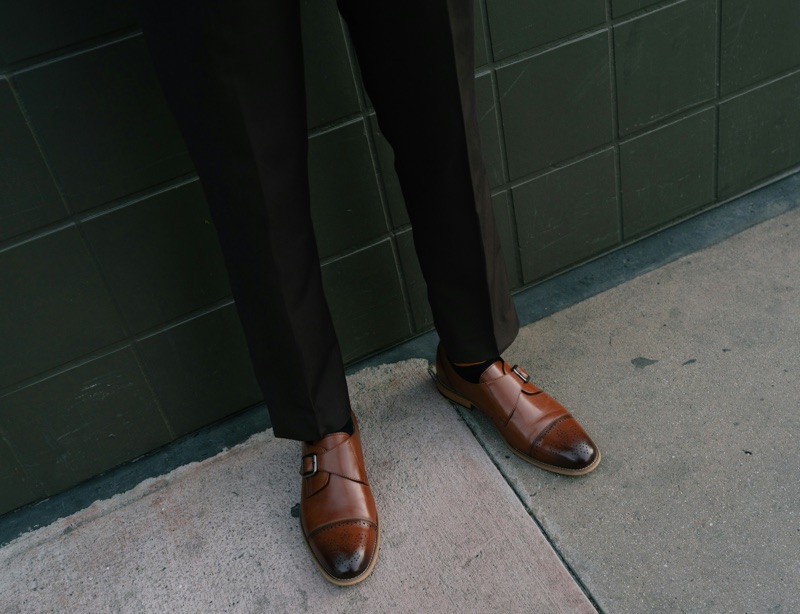
Footwear’s most enduring silhouettes, like loafers, oxfords, and Chelsea boots, have not disappeared. Instead, they’ve been reimagined for contemporary life. Designers experiment with chunkier soles, new textures, or unexpected colors, while still honoring timeless shapes.
The loafer, in particular, illustrates this transformation. Once considered the epitome of formality, today’s leather loafer adapts effortlessly across casual and dress codes.
Worn with tailored trousers, it signals refinement. Paired with relaxed denim, it evokes modern nonchalance. The reimagining of classics proves that heritage can live in dialogue with innovation.
Rule Four: Texture & Material Are Style Statements
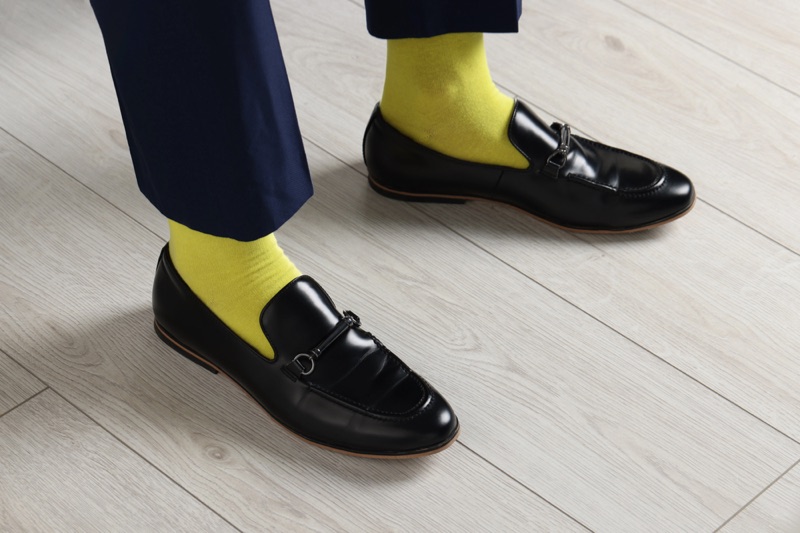
Modern footwear rules go beyond silhouette into material exploration. Suede loafers, patent derbies, and woven leather slip-ons. Each choice alters the mood of an outfit. Texture adds dimension to otherwise simple looks, making footwear the focal point.
Likewise, the rise of sustainable and technical fabrics has changed perceptions. Recycled rubber soles, plant-based leathers, and breathable knits are environmentally conscious and indicators of forward-thinking style.
In a culture where fashion reflects values, the material of your shoes speaks volumes.
Rule Five: Context Is Fluid
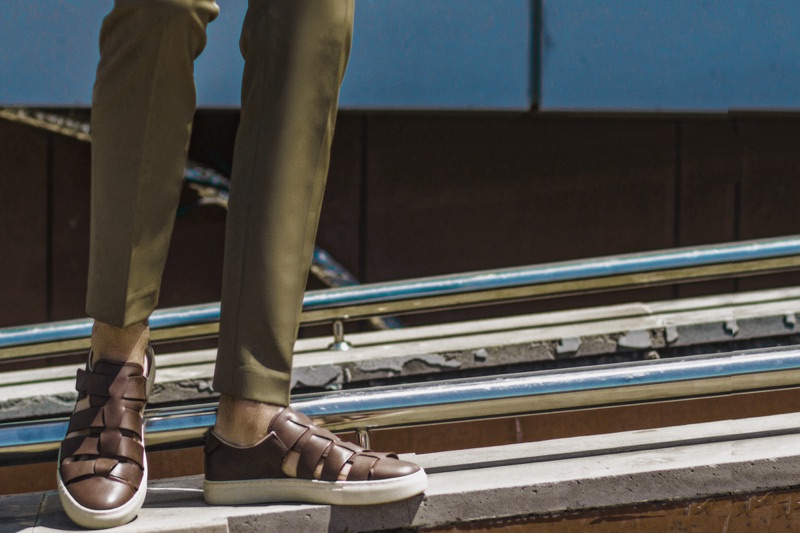
The strict separations of old rules, such as sneakers for the gym, loafers for the office, are dissolving. Today’s fashion world embraces a fluid context.
A pair of rugged boots can step into formal territory when styled with slim tailoring, just as loafers can become leisurewear with shorts and knit polos.
The modern man is expected to understand these nuances and play with them. Footwear now allows the wearer to dictate how the context reads. This flexibility has become the hallmark of a sophisticated dresser.
The Cultural Weight of Footwear
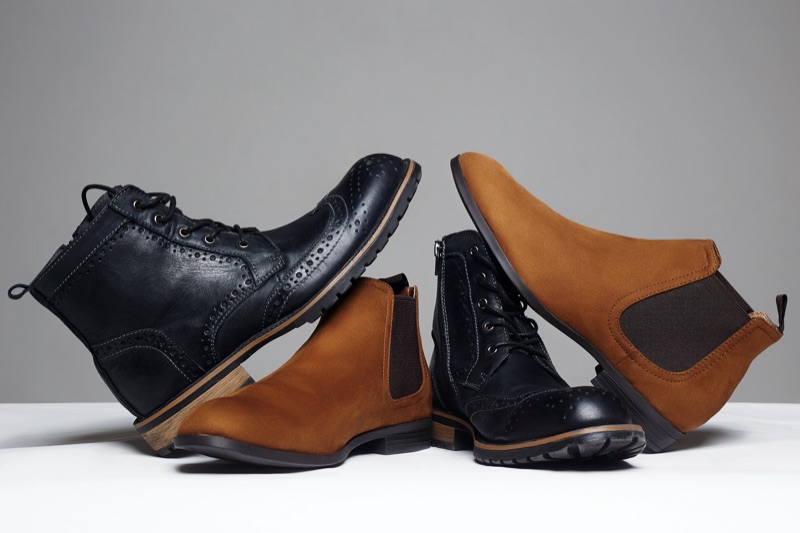
Shoes also carry cultural narratives. Sneaker collaborations with artists, loafers tied to Ivy League heritage, boots evoking rebellion, every pair references a lineage. For the modern dresser, understanding these associations enriches how footwear communicates.
Wearing Air Jordans nods to basketball history and urban culture. Sporting penny loafers can signal a quiet embrace of preppy tradition. Every choice is both a style decision and a cultural statement.
Footwear as the First Impression
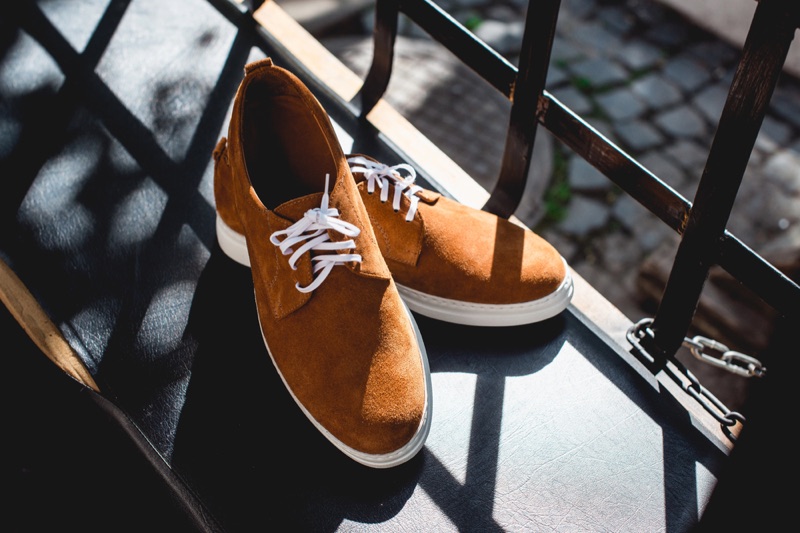
Ultimately, shoes often function as the “punctuation mark” of an outfit. They complete the sentence you are writing with your clothes. Ill-fitting, poorly chosen footwear can unravel even the sharpest ensemble, while the right pair anchors and elevates.
It is no surprise that stylists often advise clients to invest in shoes first. They last, they shape posture, and they carry narratives that extend beyond trends. In many ways, they are the foundation and the exclamation point of style.
Looking Ahead: The Future of Men’s Footwear
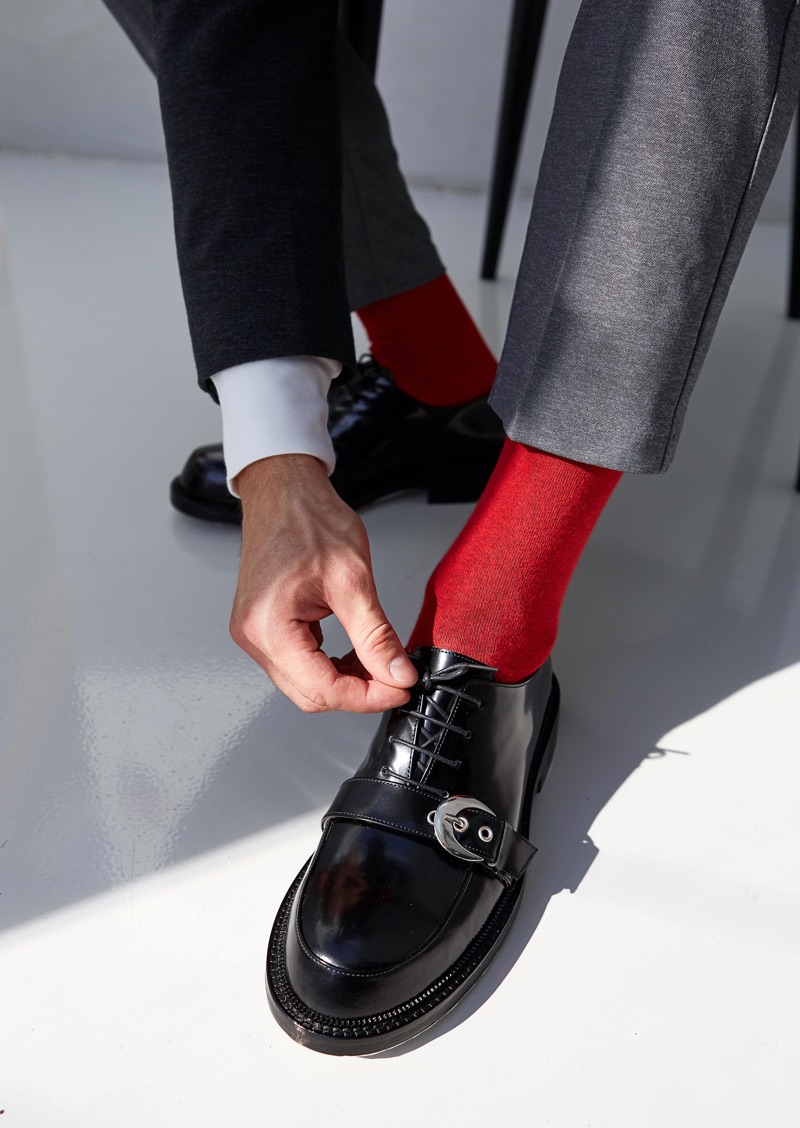
As menswear continues to evolve, footwear will remain at the center of its language. Expect further hybridization, sneakers that borrow from dress shoes, boots with technical soles, and loafers infused with sportswear ease.
Technology will play a larger role as well. Look for 3D-printed uppers, customizable fits, and sustainable production methods, shifting consumer expectations. Yet at the same time, heritage craftsmanship, hand-stitched soles, artisanal tanning, will continue to carry prestige.
The future belongs to men who can go between worlds: embracing innovation while respecting tradition.
Shoes may be the most utilitarian piece of a wardrobe, but they are also the most symbolic. They bridge the ground we walk on with the image we project. In modern menswear, footwear is a statement of who we are, where we’re going, and how we choose to arrive.
The new rules are clear: versatility, intention, and cultural awareness shape the language of men’s footwear today. And in that language, a well-chosen pair completes an outfit and tells a whole story.
